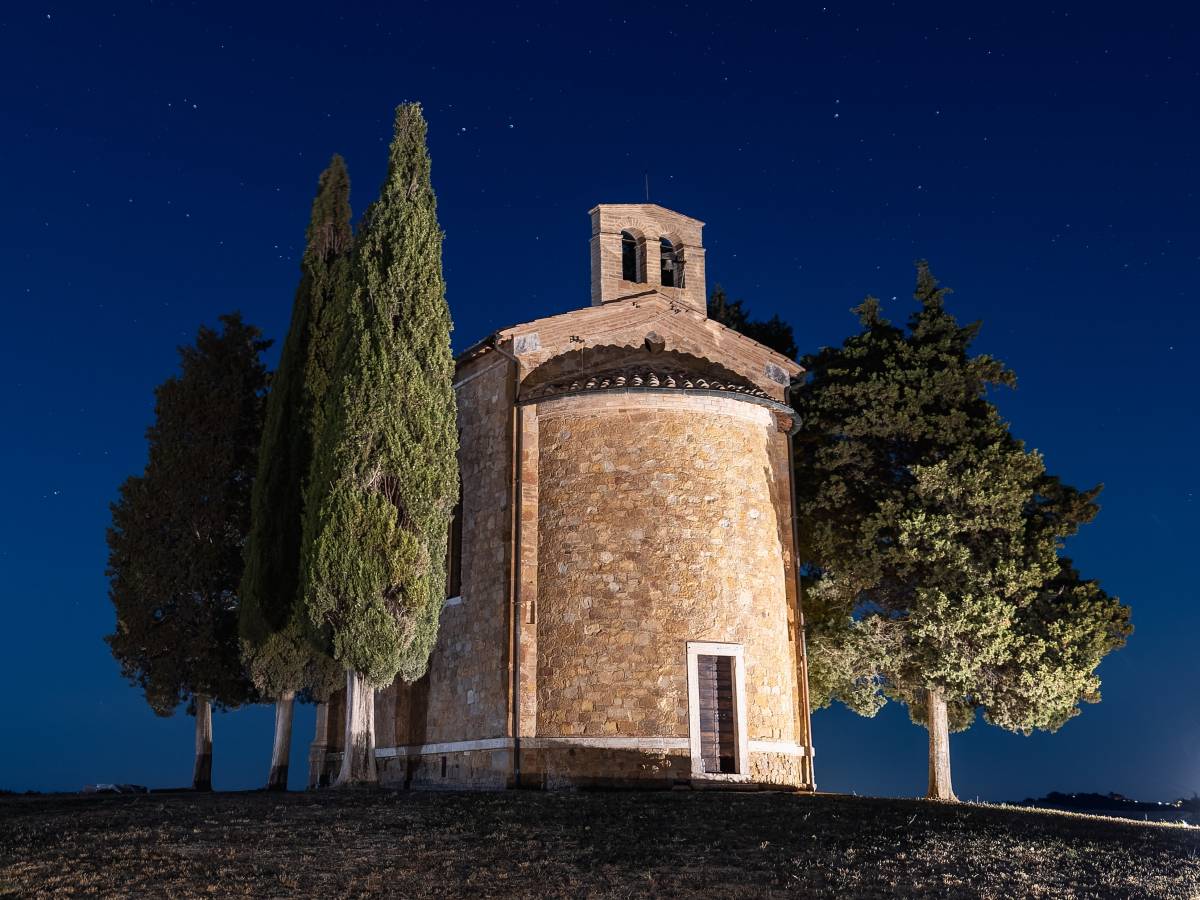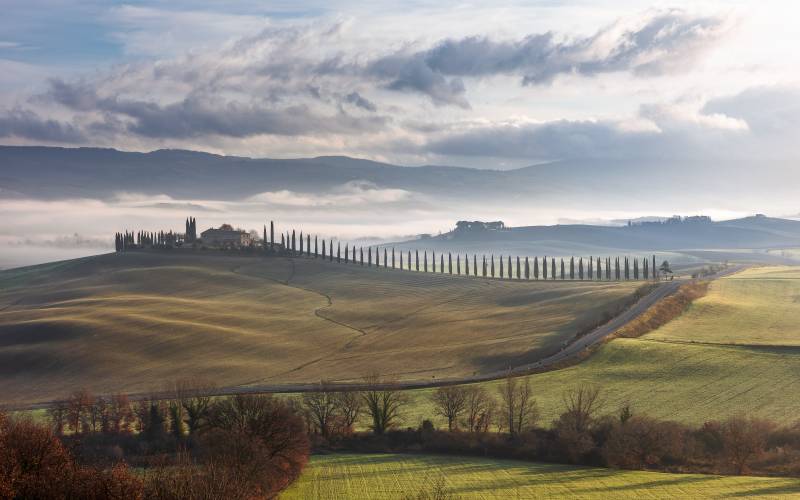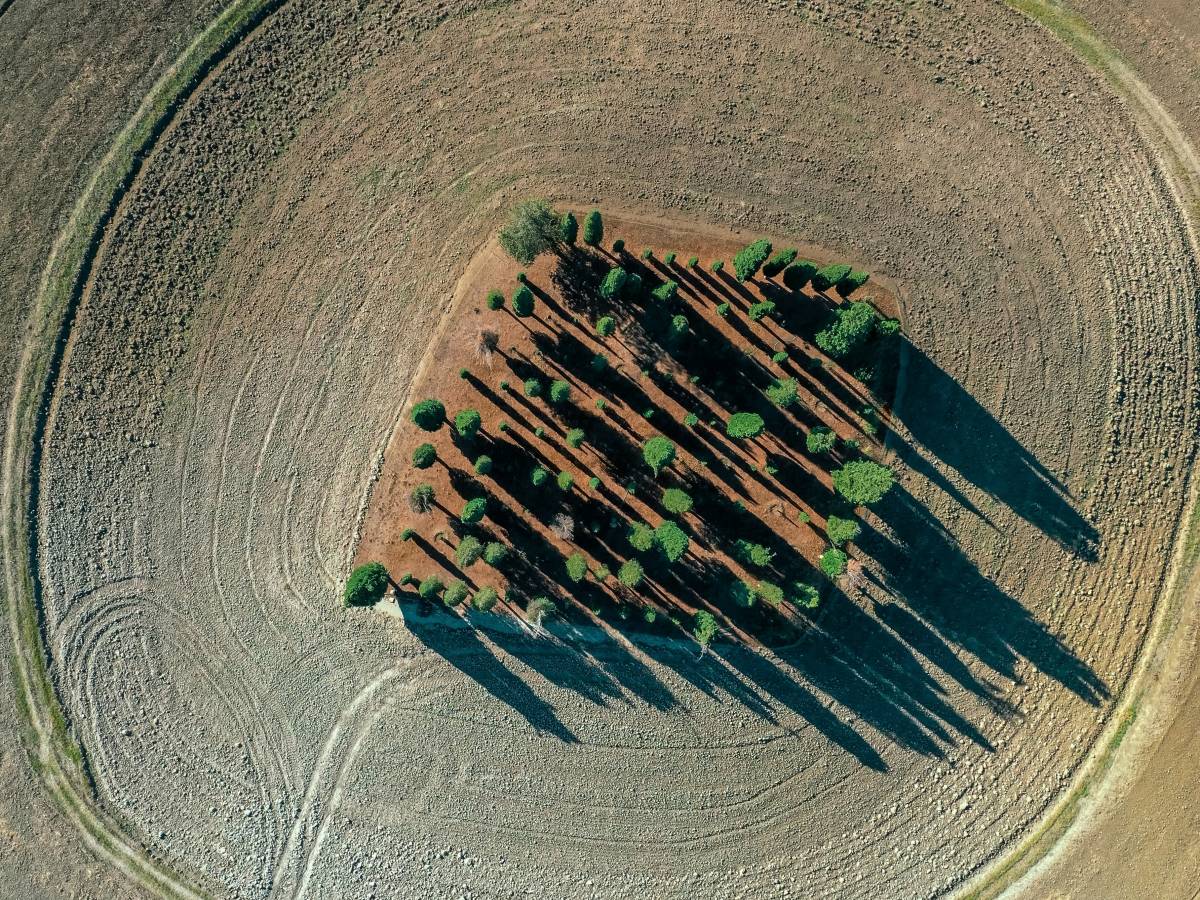San Quirico d’Orcia is a small but charming village in the province of Siena. It has two peculiarities. The first consists in the fact that the town is surrounded by an ecosystem visually characterized by soft hills in which the green slopes in different shades, while the horizon is suddenly broken by rows of cypresses. The second lies in the fact that the city traditions are strongly imbued with spirituality: it is no coincidence that the village takes the name of a martyr of the Catholic Church.
The hagiography on San Quirico
San Quirico which gives its name to the city is a child martyr. In the year 304 or 305 AD a woman named Giulitta was persecuted by the emperor Diocletian because she was a Christian. The woman, who had a son of a few years, Quirico in fact, tried to escape but she was found and tortured: the emperor ordered her to renounce her faith, which the woman did not do with her.
Seeing his mother tortured, little Quirico also revealed his faith: the emperor himself would have taken him by the feet, crushing his head against the steps. Giulitta, thanking God for welcoming her son into Paradisethen decided to continue praying, which she did even when the executioner beheaded her.
To the saints Quirico and Giulitta the collegiate church of San Quirico d’Orcia is dedicated, an evocative church in which Romanesque and Baroque styles are mixed. The plan is a Latin cross with a single nave, surrounded by apsidal chapels, but what is striking are the three entrance portals, including the main one with a porch. It was built in the 12th century and then remodeled or restored until the 19th century.
The churches of San Quirico d’Orcia

Among the things to see in San Quirico d’Orcia there are of course the churches, starting with church of the Madonna di Vitaleta, which dates back to the 19th century. It is also called the church of San Francesco, because there was a convent dedicated to the saint of animals. Inside the building there are notable works of art, such as the Visitation by Ventura Salimbeni or the Immaculate Conception by Jacopo da Empoli.
A suggestive one is also dedicated to the Madonna di Vitaleta rural chapel consecrated in 1590. It is a delightful, naturally bright church that originally had a probable late Renaissance style: unfortunately an earthquake caused irreparable damage and in the 19th century the architect Giuseppe Partini restored it according to the canons of the time in which the chapel had been built.
In the hamlet of Vignoli there are the Romanesque church of San Biagio and the Gothic church of San Giovanni Battista, while in the city, near the splendid and historic public gardens called Horti Leoninithere is the church of Santa Maria Assunta, also Romanesque.
The passage of Federico Barbarossa

In addition to the saint that gives its name to the village, San Quirico d’Orcia links its name to Frederick I of Hohenstaufen, or Frederick known as Barbarossa. Before being crowned emperor, he made a stop in San Quirico, where he was asked to capture the heretic Arnaldo da Brescia. Naturally Frederick fulfilled this request and subsequently went to Rome for his coronation: it was 1155.
San Quirico had from that moment the dignity of imperial vicariate and still today, since 1962, the village celebrates the passage of the leader who later became emperor with a great medieval reconstruction in costume and themed competitions in which the exponents of the four city districts compete: Canneti, Castello, Borgo and Prato. The festival is held every third weekend of June.
The holy child and Barbarossa: epic and myth of San Quirico d’Orcia

